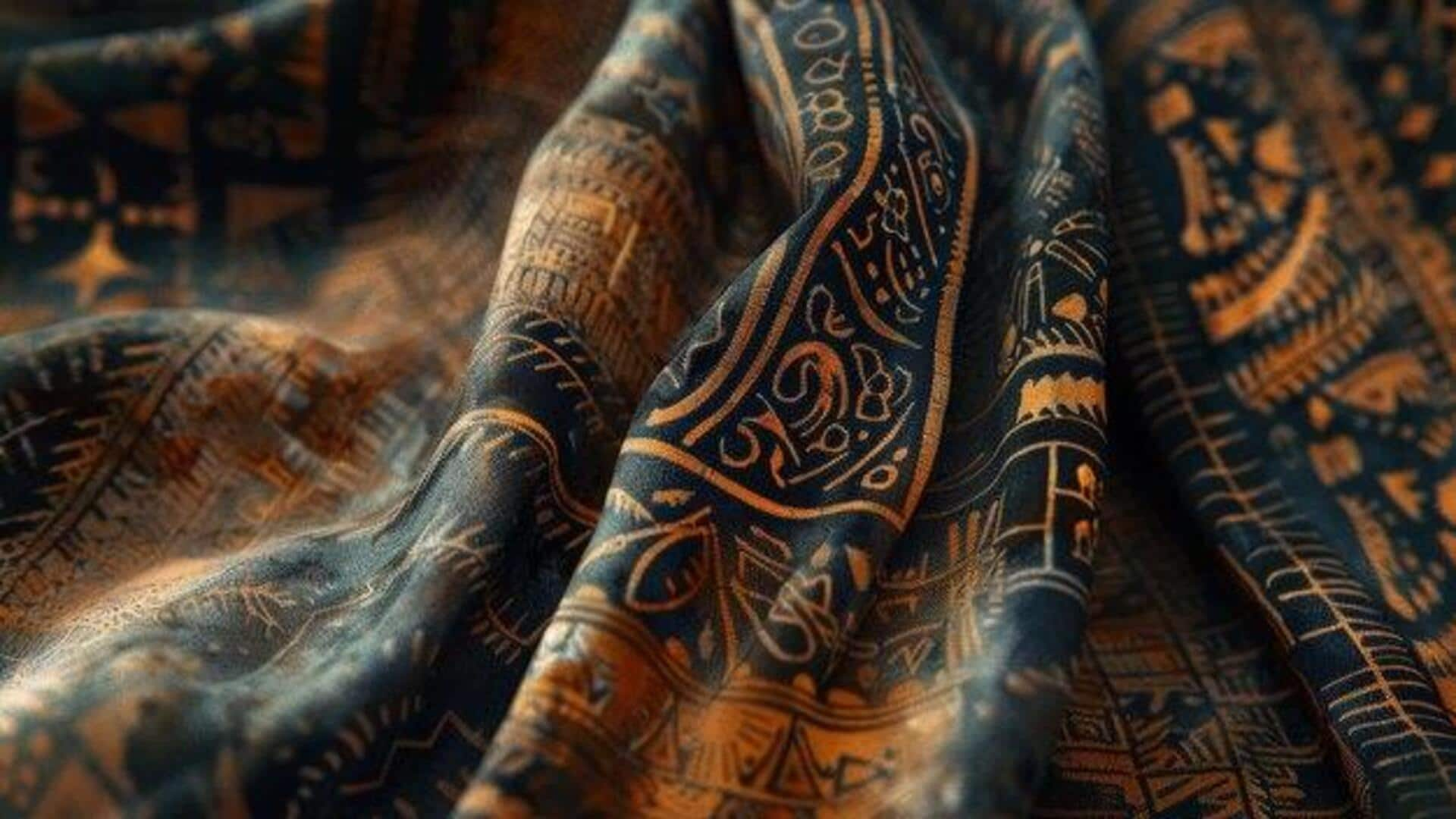
Exploring African batik fabric art
What's the story
African batik fabric art is a colorful and complex textile tradition spanning centuries and cultures across the continent. This unique art form utilizes wax and dye to craft intricate patterns and designs on fabric, often carrying deep cultural significance. The process is a true art and science, reflecting the vibrant heritage and boundless creativity of African artisans.
History
The origins of batik in Africa
Batik art, commonly associated with Indonesia, holds a vibrant and lesser-known legacy in Africa. Dutch traders in the 19th century brought Indonesian batik to West Africa. Africans indigenized it, infusing local styles, symbols, and colors that reflect their culture and traditions. This indigenization highlights Africa's resilience in harmonizing foreign influences with native creativity.
Craftsmanship
Techniques and materials used
To create African batik, wax is applied to areas of the fabric that you want to remain undyed, and then it is dyed in the first color. This process can be repeated with different waxes and dyes to create intricate patterns. Materials: Natural fiber fabric such as cotton or silk, beeswax or paraffin for resist dyeing, and natural or synthetic dyes.
Meaning
Symbolism in batik designs
Every pattern has a story in African batik artistry Whether it's animals symbolizing strength or wisdom, or geometric shapes representing unity or femininity, these patterns aren't just for decoration. They're a way of telling stories and passing on messages that are important in different African cultures. This makes enjoying batik fabrics even more special. It's not just about how beautiful they look.
Modernity
Contemporary batik art scene
Today's African batik artists are redefining tradition, merging age-old techniques with contemporary themes to create vibrant works of art that push boundaries while honoring their roots. This fusion of past and present has resulted in innovative designs that are capturing the world's attention. Plus, initiatives to preserve this art form not only guarantee its future but also offer sustainable livelihoods for artisans, making a positive impact both locally and globally.